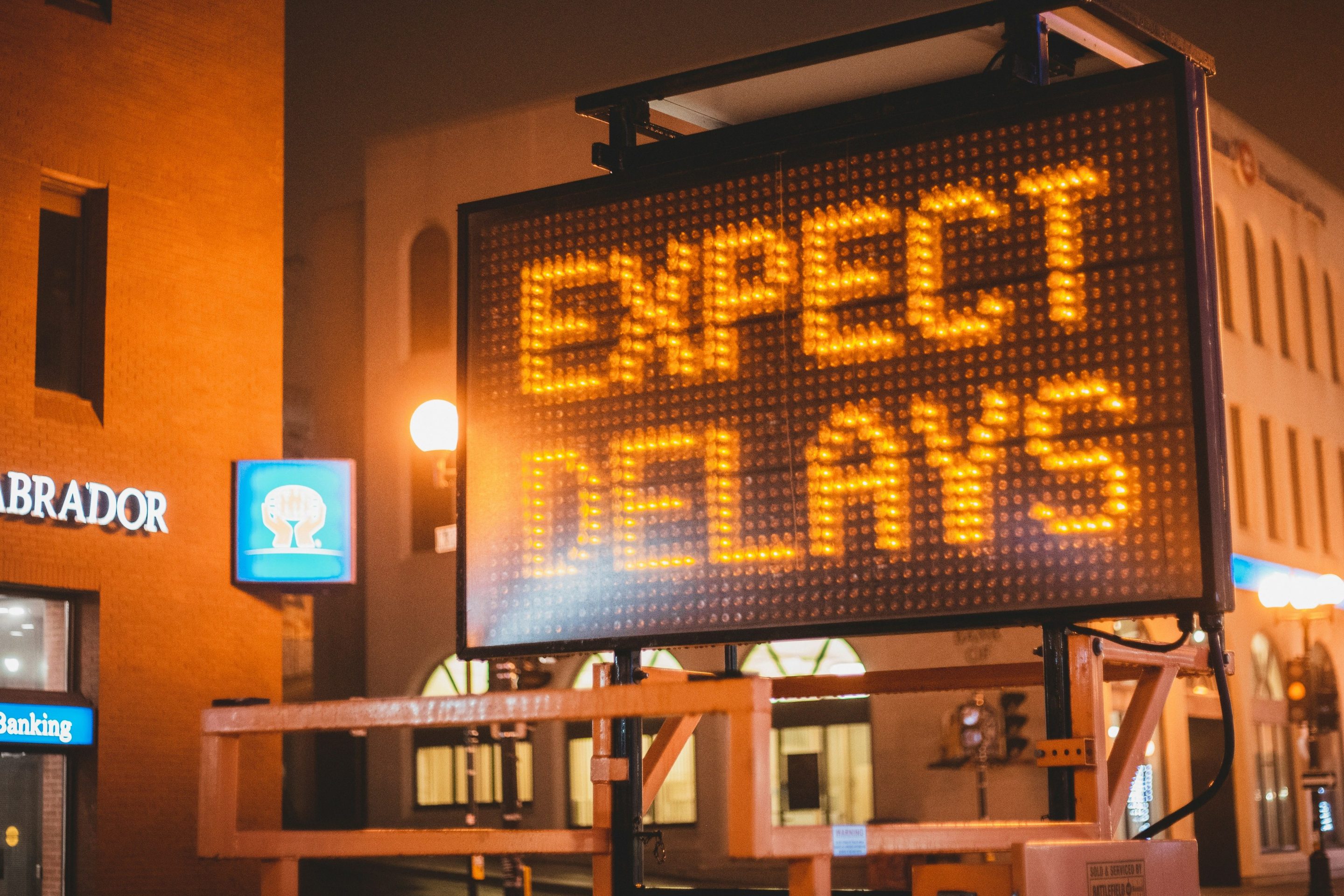The Interstate 94 expansion in Wisconsin is a textbook example of how state DOTs manufacture the case for billion-dollar highway projects.
Instead of simply fixing up the road, Wisconsin DOT is moving ahead with an $850 million repair and widening of Interstate 94 through Milwaukee and some of its inner-ring suburbs. WisDOT says the widening is needed because it expects traffic to increase 24 percent by 2030. But a quick look at recent traffic data shows driving on the road has actually declined over the last few years.
WisDOT also frames the highway widening as a safety improvement, even though for $850 million you could redesign hundreds of miles of surface streets and do a lot more for safety. But even when you limit the focus to I-94, WisDOT's data doesn't hold up, writes Gretchen Schuldt at Network blog Milwaukee Rising:
In the Environmental Impact Statement for the project, WisDOT says that “Crash rates in the I?94 East?West Corridor are mostly at least 2 to 3 times higher than the statewide average for similar roadways, and several sections are more than 4 times higher than the statewide average.”
The various-size road pieces that WisDOT includes in the average are all considered “large urban freeways,” even when they are not. The list includes, for example, a stretch of Highway 43 in Rock County that carries an average of 1,012 cars per day, or a whopping 0.67% of the average traffic count in the I-94 project area.
Schuldt reviewed the data for more than 1,600 "large urban freeway" sections WisDOT used as the basis for comparisons to I-94. She found that on average, they carry only 34 percent as much traffic as the project area, making the whole safety argument suspect.
According to James Rowen at The Politicial Environment, even some conservative groups are calling for Wisconsin to "rein in" wasteful spending by killing highway projects.
Elsewhere on the Network today: The Dallas Morning News' Transportation Blog reports that Dallas is testing out its new streetcar line to Oak Cliff, set to open in weeks. Systemic Failure notes that Caltrans won a court battle to continue widening famously scenic Highway 1 along the California coast. And Better Cities & Towns! explores the "big asphalt" lobby and how it works.





